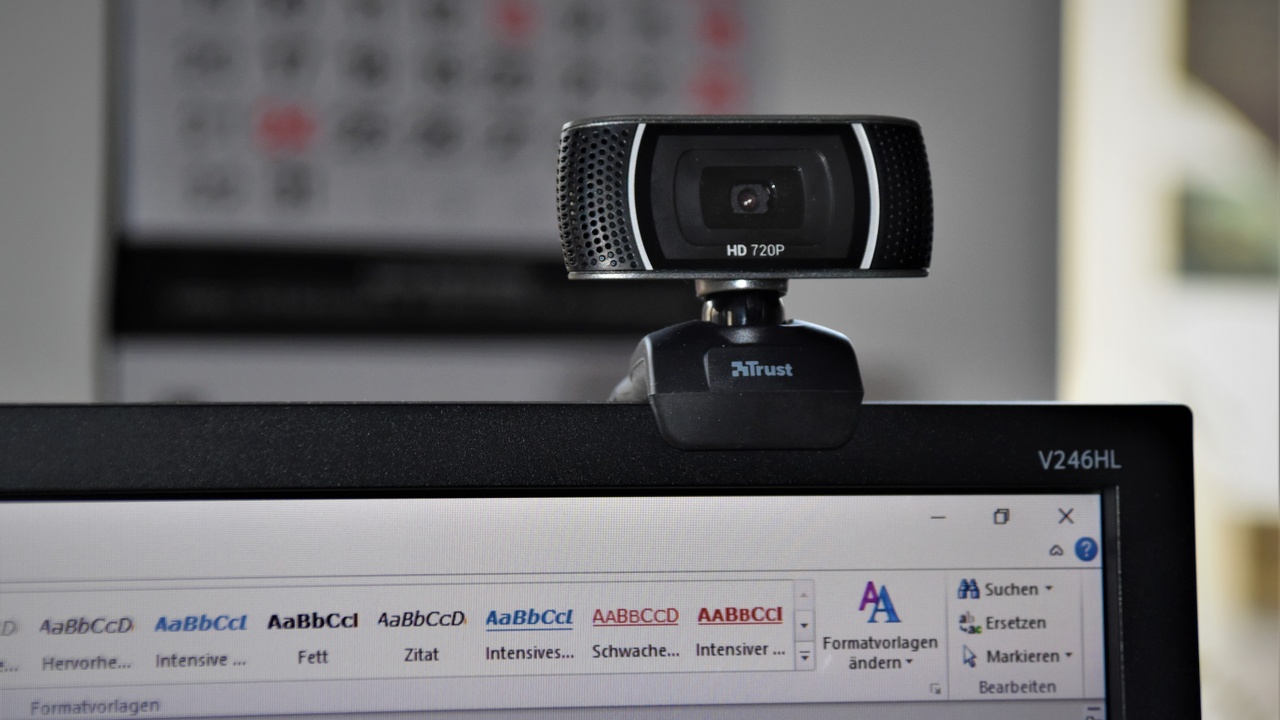3 Best Tips to Control Your Filler Words

By John Millen
Working with a group of emerging leaders on Zoom recently, we got into a discussion about filler words such as “like.”
This came up after I had the leaders pair up in breakout rooms for brief presentations. One young man was surprised when I had his Zoom partner count the number of times he said “like” in his three-minute presentation (27!). He’s not alone.
We've all been there. Sometimes, in a meeting, someone asks you an unexpected question that you don’t immediately know how to answer. As your mind searches for something to say, your mouth begins to speak.
If you were to listen to a recording of your response, it would likely include a few “ums” and “uhs” as you pieced together a response.
Or maybe you’ve been on the receiving end, listening to someone give a presentation that is littered with “ums” and “uhs.”
Everyone Uses Filler Words
These are known as filler words. These are the occasional hiccups in language we find in everyday conversation. They happen because, linguists tell us, people speak 120 to 150 words per minute — or two to 2 1/2 words per second — in normal speech.
With that speed, it’s normal to have glitches in our sentences. Studies find that 6 to 10 percent of spontaneous speech has some kind of garble, including filler words.
I’m not sure, but some of my clients think the use of filler words has gotten worse during the pandemic.
In any case, it’s in your interest to prevent these phrases from permeating your language.
Negative effects of filler words
That’s because the overuse of “ums” and “uhs” and "like" and other filler words may have negative effects on your communication, including:
- Giving the perception that you are uncertain and lacking in confidence, thus reducing your credibility.
- Distracting people from your message. They often end up counting the filler words or being so annoyed they tune you out.
- Making you seem to have a limited vocabulary like you don’t have the words to express what you want to say.
So, how do you learn to control these filler phrases?
1. Develop your awareness
It starts with developing awareness. Many people don’t realize that they rely on these filler words.
Others know they’ve adopted filler words but don’t realize how often they are saying them. You know these people.
They use “like” and “right” and think they are using them sparingly, but in fact are literally (another of those words) using them like.every.like.other.like.word.
Here's a simple method I've been using for years: while a person is presenting, someone simply counts and reports the number of filler words used. You should use a smartphone to record the person speaking so they can hear when and how often filler words surfaced. It can come as a shock.
Working with the president of a large, Fortune 500 company, I once sat in the audience as he spoke for 20 minutes, without slides, to employees. I counted 46 times that he asked, “right?” He did not recall one of them!
2. Slow down
Learn to become comfortable with a moment of silence. We often use filler words as a crutch to avoid silence. When you’re under pressure a pause can feel like an eternity, but it’s not.
A pause after a point gets the attention of your audience and allows them to take in what you said. It also lets them catch up with you and take a breath to get ready for your next idea.
3. Think before you speak
Some researchers theorize that we blurt out answers to questions because when we were kids, that’s what we did. We had to answer a question from an adult teacher or parent immediately, so we gave fast, unfiltered responses.
As adults, we have to be more diplomatic and sometimes feel like we have to be perfect, so filler words appear. To counter this, I coach my clients to do these three things, in this order: Pause. Think. Speak.
It may sound like I’m being funny or simplistic, but too many of us don’t do these. Most might skip a pause and start speaking while they are thinking, hoping that their minds catch up with their mouths. Then filler words appear.
Practice exercise: answering questions
Try this with someone you trust. Put your phone on record and have the person ask you any questions they want. Pause as long as you need to, think of your answer, then speak.
At first, you may pause 30 or 40 seconds, but with practice, your mind will adopt this discipline and over time you’ll only pause for a few seconds before you come out with a well-constructed sentence. Listen to the recordings to continue to improve.
Think about great public speakers who effectively use the pause. It will seem awkward to pause in the beginning. But using this method after a while will train your mind to follow this pattern and the pauses will grow shorter, the thinking will grow clearer (and faster), and your speaking will be stronger and more confident.
Practice exercise: Talk about an object
Another exercise I’ve used with success with my clients is to find an object wherever you are and talk about it for 30 seconds. Again, record yourself with your phone.
Try this: Spot a random object, like your computer mouse, and talk about it for 30 seconds. You can say whatever you want – but no filler words. If you have to pause, that’s okay, but keep talking about that thing. Keep doing that with other objects, too.
You can do it in the office, at home, or anywhere. Listen to the recording and find where you’ve used the fillers. Keep practicing and you’ll notice your language will begin to flow more smoothly.
Now, think about yourself:
Are you prone to use filler words?
Or does someone you know use them and annoy you to no end? It takes courage to tell someone they suffer from filler-word syndrome.
There’s hope. We can all overcome our filler words with awareness and intentional practice. Give it a try and let me know how it works for you.








